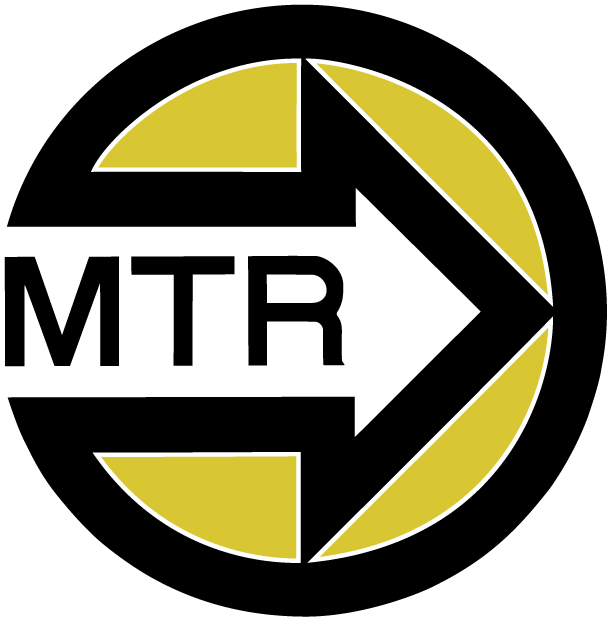Scraping: A Traditional Machining Process with Modern Applications
Scraping is a traditional machine building process that has been used for centuries to create precision surfaces. It is a slow and laborious process, but it can produce results that are not possible with other machining methods.
Scraping is typically used to create surfaces that are required for high-precision machining operations. For example, scraping is often used to create flat box ways (the guiding surfaces) of a machine tool. The ways must be very flat and smooth in order to ensure that the cutting tools can move accurately.
Scraping is also used to create surfaces that are required for high-pressure applications. For example, scraping is often used to create hydrostatic bearing surfaces. Though these surfaces never contact one another, they require parallelism between the bearing surface and sliding surface. Hydrostatics are a great resource for low-friction and high weight capacity situations.
Scraping is a very skilled trade, and it requires a great deal of practice to become proficient. At MTR we have several service technicians trained in the art of scraping. Scraping is still regarded as a necessity for us at MTR to produce and maintain machine tools.
In recent years, scraping has seen a resurgence in popularity due to its ability to produce precision surfaces that are not possible with other machining methods.
If you are looking for a way to create precision surfaces, scraping is a great option. It is a skilled trade that technicians at MTR understand and practice.
Here is a more detailed explanation of the scraping process:
The first step is to prepare the surface to be scraped. This involves cleaning the surface, deburring any sharp edges, and applying a gear marking compound on one surface and a dye on the mating surface.
The two surfaces are rubbed together to display the contact points of the two surfaces. In general, the first surface feature is rubbed to a master surface such as a granite slab or another certified scraped or ground surface.
Next, a scraper is used to remove a very thin layer of material from the surface. Generally, the dye is shown on the marking compound and those points are scraped away to reveal more surface contact. The scraper is a sharp tool that is held at a very low angle to the surface.
The scraping process is repeated until the desired surface finish is achieved.
Overall, scraping is a very valuable process that can be used to create very precise surfaces. It is a skilled trade that requires a great deal of practice to become proficient. However, it is a very rewarding process known to us here at MTR.
If you are interested in learning more about the scraping process, you may contact us to make a visit or discuss how this can be utilized on your machine. If you are looking for a way to improve the accuracy and quality of your machining operations, scraping is a great option to consider.
To speak with a member of our team, start a free quote, or get additional information on any of our services we provide. Get in touch with us today!
